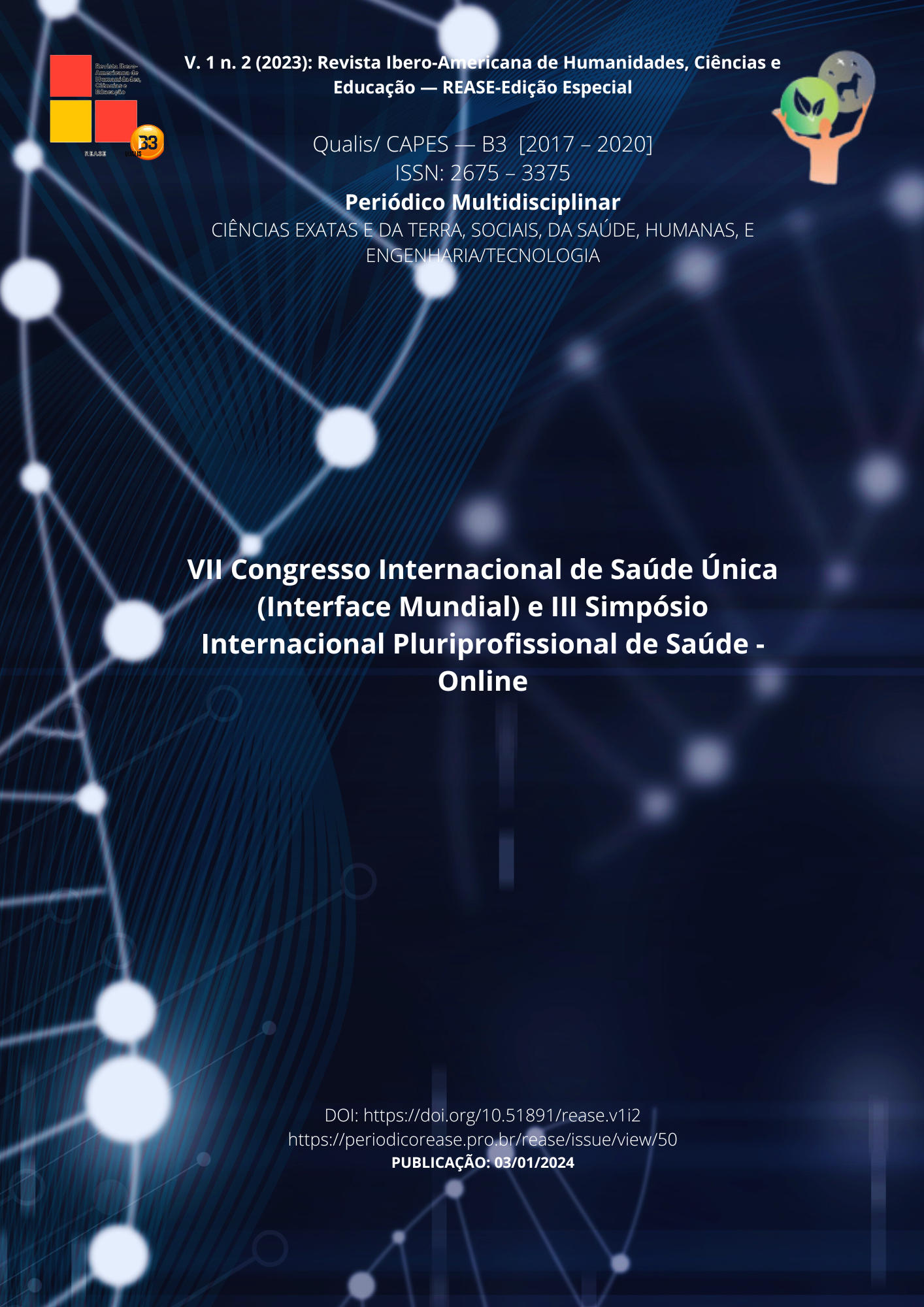EPIDEMIOLOGICAL PROFILE OF HUMAN LEPTOSPIROSIS AND ITS ASSOCIATION WITH RAINFALL INDEXES IN THE METROPOLITAN REGION OF SALVADOR-BAHIA: 2013 TO 2022
DOI:
https://doi.org/10.51891/rease.v1i2.11012Keywords:
Leptospirosis, epidemiological profile, rainfall index.Abstract
Leptospirosis, a zoonosis of worldwide importance, is a severe acute febrile infectious disease with high lethality, caused by bacteria of the genus Leptospira. Its transmission is more relevant during rainy periods and in places with precarious basic sanitation, making it relevant to understand the dynamics of the disease to establish effective control measures. The objective of this work is to describe the epidemiological profile of leptospirosis in the Metropolitan Region of Salvador (RMS) - Bahia and the rainfall indices in the capital, from 2013 to 2022. This is a cross-sectional, descriptive and quantitative study that addressed the epidemiological characterization and factors associated with cases of leptospirosis in the RMS, through secondary data obtained from the Disease Information and Notification System (SINAN) and the Institute for the Environment and Water Resources (INEMA). From 2013 to 2022, 675 cases of human leptospirosis were registered in the RMS, 651 (96.44%) in Salvador alone. Most cases affected brown people (57.33%) and males (86.23%). The highest level of schooling was incomplete primary education (32.29%). Regarding age group, notifications were more frequent in the 20 to 39 years old (40.60%) and 40 to 59 years old (34.37%) groups. In Salvador, the highest numbers of leptospirosis records occurred in the months with the highest rainfall, with May being the month with the highest record of cases and rainfall. Data analysis indicates that the epidemiological profile of leptospirosis in the RMS is characterized by the greater involvement of brown people, males, between 20 and 39 years old, with incomplete primary education and residing in the urban region. In the city of Salvador, it is possible to infer a seasonality of the disease during autumn and winter, where the rainiest months were concentrated during the studied period.
Downloads
Downloads
Published
How to Cite
Issue
Section
License
Atribuição CC BY

